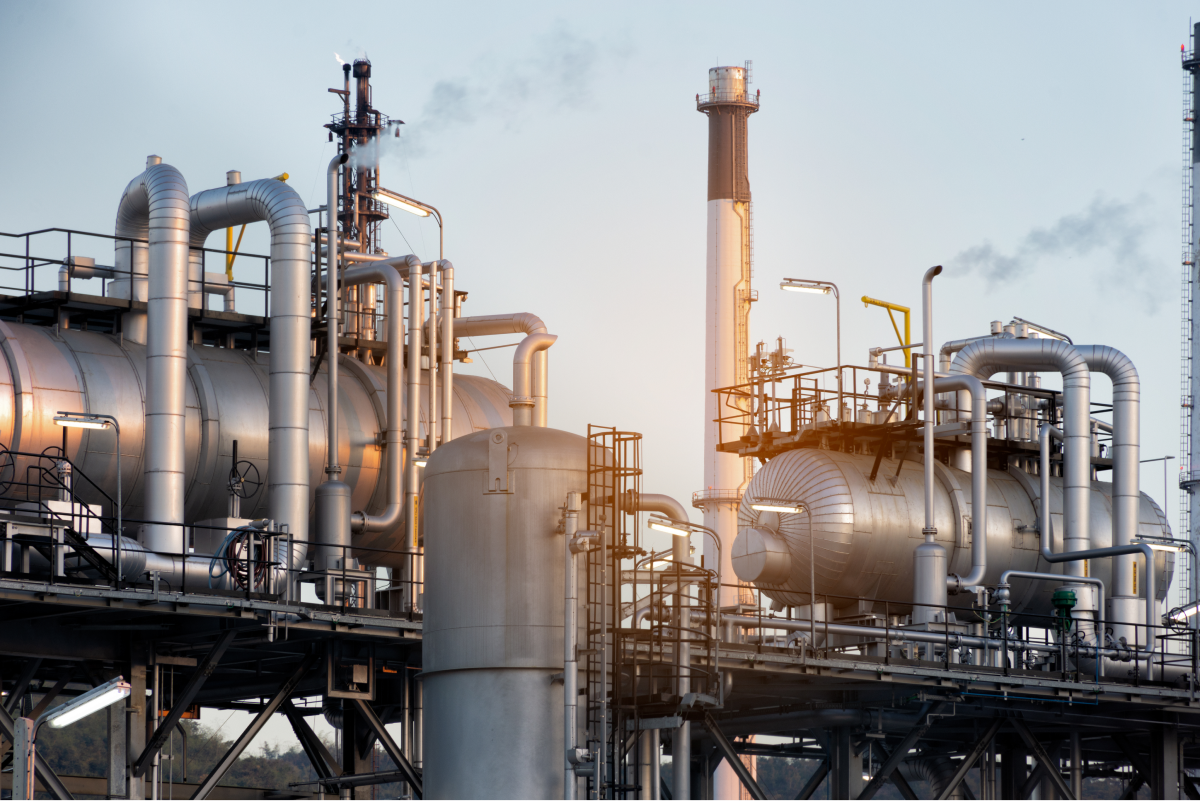The journey from exploration to production in the oil and gas industry is a complex and meticulously planned process. It involves various stages, each requiring specialized expertise, advanced technology, and strict adherence to safety and environmental standards. Here’s a step-by-step guide to understanding how oil and gas move from discovery to becoming a usable resource.
1. Exploration
The first step in oil and gas operations is identifying potential reservoirs where hydrocarbons might exist. Geologists and geophysicists use advanced technologies to analyze the Earth’s subsurface.
- Key Techniques:
- Seismic Surveys: Using sound waves to map underground formations.
- Magnetometers and Gravity Meters: Detecting variations in Earth’s magnetic and gravitational fields.
- Satellite Imagery: Identifying surface features indicative of subsurface resources.
Once promising sites are identified, exploratory drilling begins to confirm the presence of hydrocarbons.
2. Appraisal
After discovery, the next step is assessing the size, quality, and commercial viability of the reservoir.
- Key Processes:
- Appraisal Drilling: Additional wells are drilled to gather more data about the reservoir.
- Reservoir Modeling: Advanced software models the reservoir’s characteristics to estimate recoverable resources.
- Economic Feasibility Studies: Cost-benefit analysis determines whether the project is financially viable.
3. Development
Once a reservoir is deemed viable, development begins to prepare for extraction. This phase involves extensive planning and infrastructure development.
- Key Activities:
- Designing and constructing production facilities, pipelines, and storage units.
- Installing wellheads and production equipment.
- Ensuring compliance with environmental and safety regulations.
- Example: Offshore developments require constructing platforms or subsea systems, while onshore fields involve building drilling pads and surface facilities.
4. Drilling and Completion
Drilling is the process of accessing the reservoir to extract oil and gas. Advances in technology, such as directional drilling and hydraulic fracturing, have made this phase more efficient and precise.
- Key Techniques:
- Directional Drilling: Allows wells to reach reservoirs located far from the drilling site.
- Hydraulic Fracturing (Fracking): Increases permeability in low-quality reservoirs to enhance production.
- Completion: Involves casing and cementing wells to ensure stability and safety during production.
5. Production
This is the phase where hydrocarbons are extracted, processed, and transported. Wells are monitored and maintained to optimize production rates.
- Key Processes:
- Primary Recovery: Utilizing natural pressure in the reservoir to bring oil to the surface.
- Secondary Recovery: Injecting water or gas to maintain reservoir pressure.
- Tertiary Recovery (EOR): Advanced techniques like CO₂ injection to maximize extraction.
During this phase, oil is separated from gas and water before being transported to refineries.
6. Transportation and Storage
Crude oil and natural gas are transported to processing facilities via pipelines, ships, or trucks. Storage tanks are used to hold products before refining or distribution.
- Key Innovations:
- Pipeline Monitoring Systems: Prevent leaks and ensure efficient transport.
- Floating Storage Units: Used in offshore production for temporary storage.
7. Refining and Distribution
Refineries transform crude oil into usable products like gasoline, diesel, and jet fuel. Natural gas is processed to remove impurities and converted into liquefied natural gas (LNG) for transportation.
- Distribution Channels:
- Gasoline and diesel are distributed to fuel stations.
- Natural gas is supplied to homes, businesses, and industries.
8. Decommissioning and Site Restoration
At the end of a field’s life cycle, operations wind down, and sites are decommissioned. This phase focuses on minimizing environmental impact.
- Key Activities:
- Plugging wells to prevent leaks.
- Dismantling infrastructure and safely disposing of waste.
- Restoring ecosystems to their natural state.
Conclusion
The journey from exploration to production is a testament to human ingenuity and technological advancement. Each phase is critical in ensuring the efficient and sustainable delivery of oil and gas resources to power the world. By embracing innovation and prioritizing safety and environmental protection, the oil and gas industry continues to meet global energy demands responsibly.
References:
- Society of Petroleum Engineers (SPE): Exploration and Production Guide
- Energy.gov: Advanced Drilling Techniques
- International Association of Oil & Gas Producers (IOGP): Industry Best Practices
- Journal of Petroleum Technology (JPT): Reservoir Management Innovations
This guide provides a comprehensive overview of the oil and gas life cycle. Let me know your next topic, and I’ll create another detailed blog!
